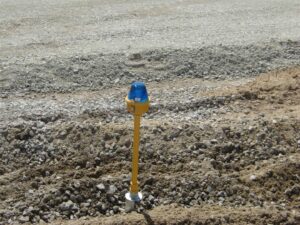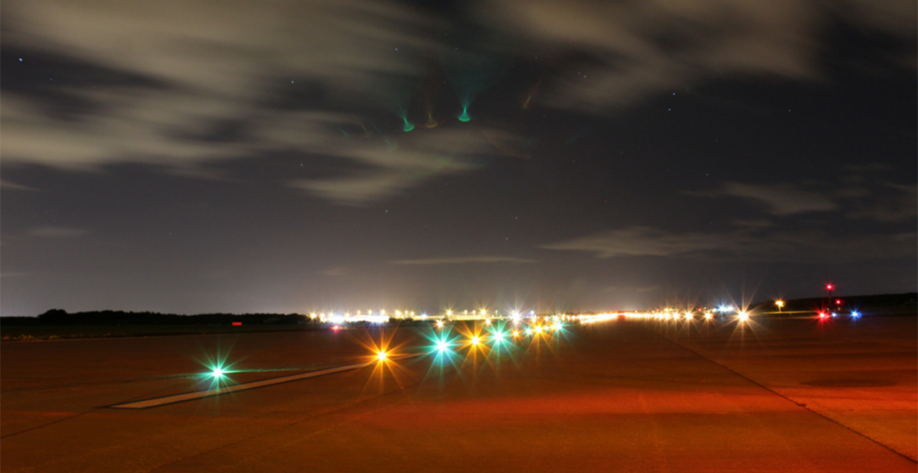Many airports are considering the differences between incandescent and Light Emitting Diode (LED) fixtures for runway and taxiway lighting. Each has its advantages and disadvantages:

Incandescent: Incandescent lights have a lower initial cost but higher operational costs than LED. Further, incandescent bulbs have a substantially shorter bulb life. In the Northeast and other snowy areas, airports may prefer incandescent fixtures because the bulbs emit heat and help to melt snow around the fixture’s lens – making them more visible than LED during and after snow events.
LEDs: In contrast, some users favor the longer lasting and lower operational costs of LED light fixtures, although initial costs are higher than incandescent fixtures. The longer life span of the LED light bulb will reduce the frequency of maintenance. In colder climates, LED lights can be fitted with an “arctic kit” that adds a heating element to help melt snow around the fixture’s lens, but these kits contribute to an increase in power consumption and initial costs, reducing their overall cost advantages over incandescent lighting. Furthermore, there are questions regarding the effectiveness of the heating elements.
The choice between these two systems should be tailored to the airport’s specific conditions; however, regardless of the lighting chosen, these maintenance tips can help:
- Do not mix incandescent and LED fixtures on a runway or taxiway. The difference in perceived color or brightness may distort the presentation of the lights to the pilot’s eye.
- Replacement bulbs should match the manufacturer’s specification. Do not use an LED bulb on an incandescent fixture or vice versa.

When maintaining runway or taxiway lights, consult as-built and shop drawings of the installed lighting system. As-built drawings typically number each light fixture, making identification of the proper fixture easier for an electrician or other maintenance person. Also, shop drawings typically contain the manufacturers name and fixture specifications – useful when ordering replacement parts. For these reasons, it is helpful to ask for a copy of these documents after an installation project.
Last, for AIP funded airfield lighting projects, airports should specify spare parts as part of their bid documents, as permitted by FAA Order 5100.38D. This can help to maximize the use of federal funds and reduce inventory shortages to avoid delaying maintenance.
Tagged In:
Airport Engineering & Planning
